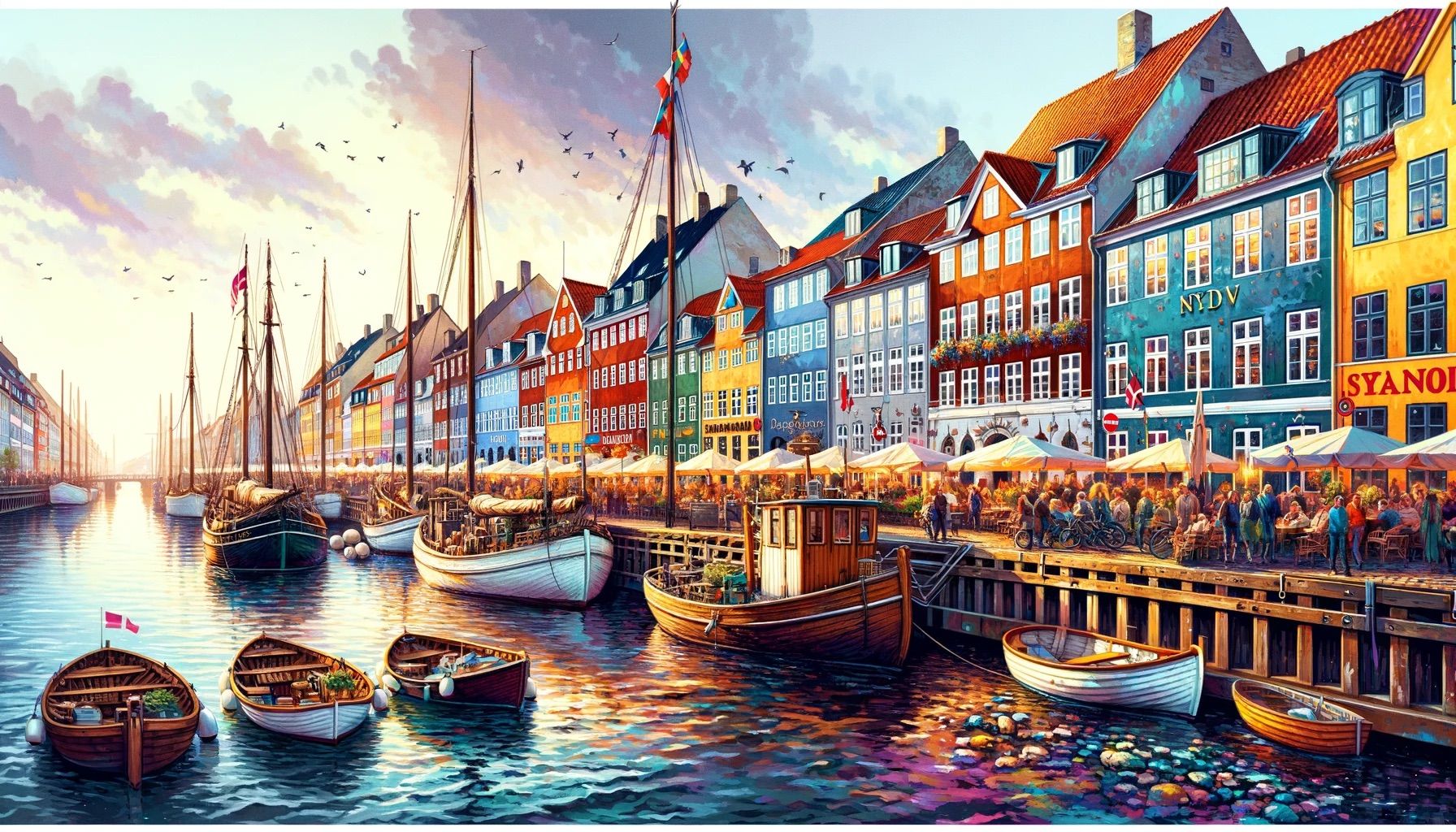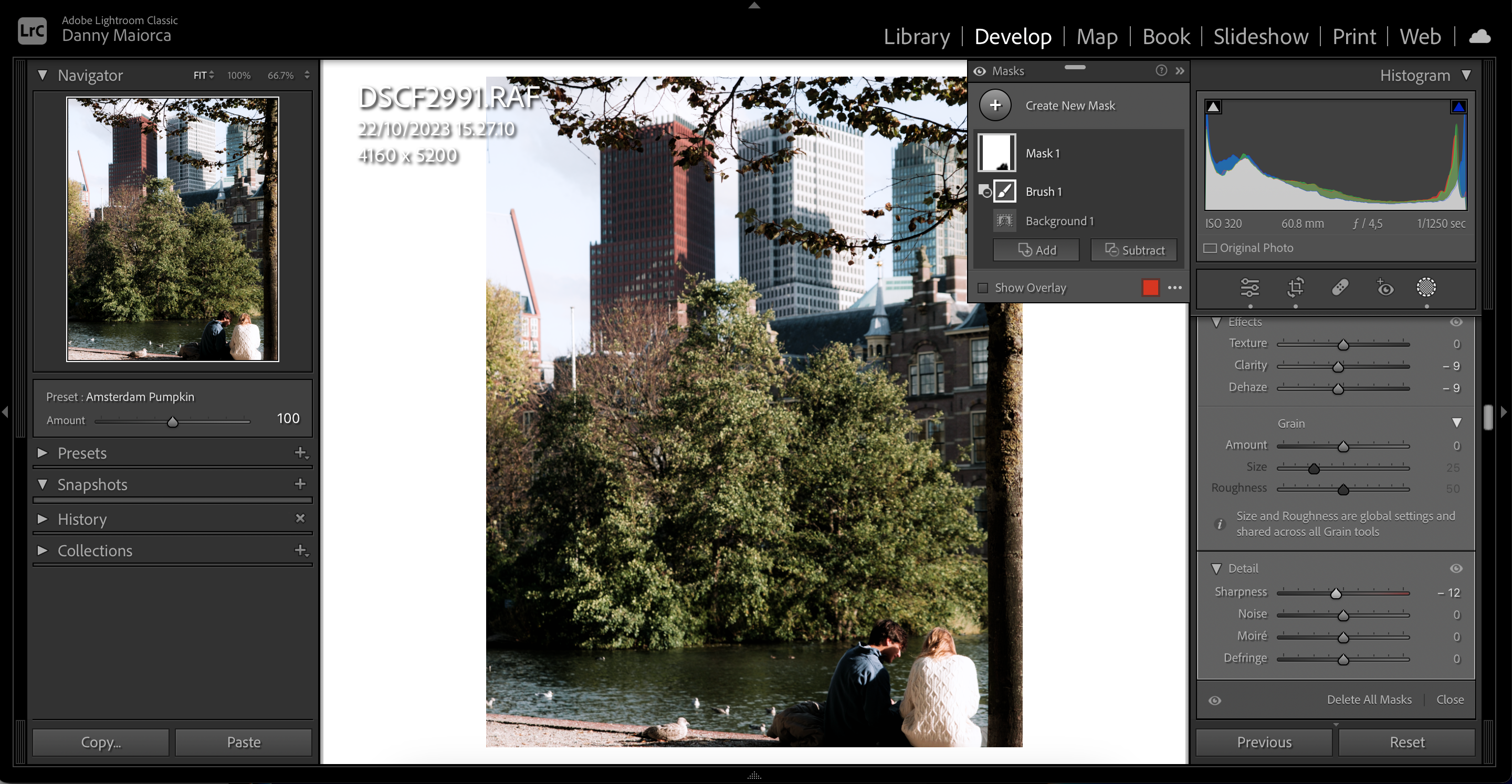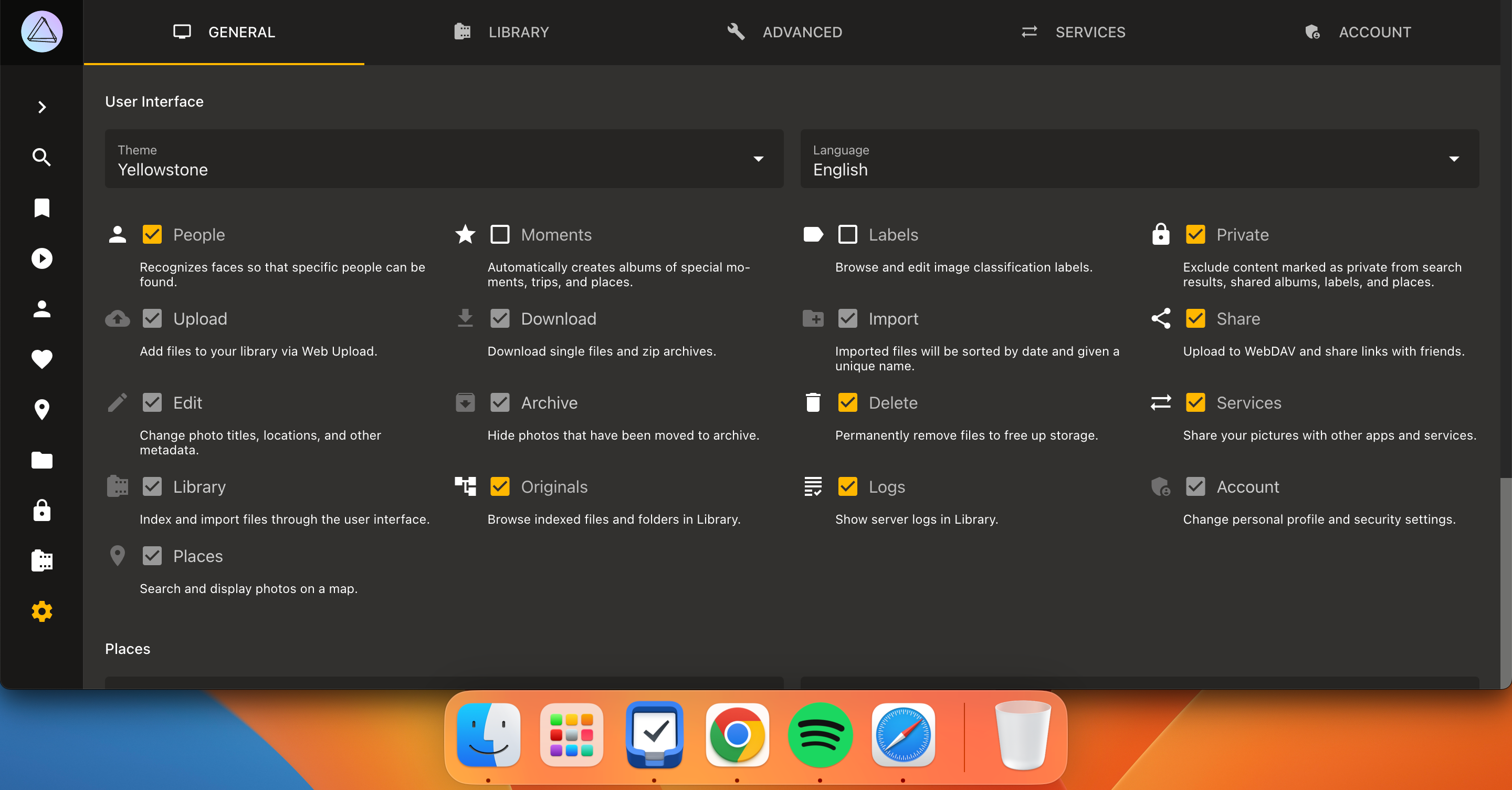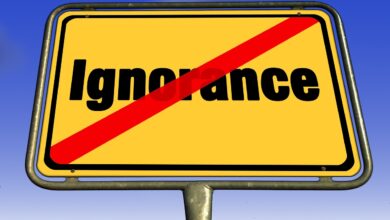8 Ways That Artists Can Actually Benefit From Generative AI

Key Takeaways
- Generative AI has several benefits for artists, from conceptualizing new ideas to organizing files.
- You can use generative AI to create prototypes of artwork you’d like to make in the future.
- You can also use generative AI to research new tips and tricks.
Despite AI art generators receiving backlash from artists for obvious reasons—whether hobbyists or professionals—they can actually benefit from generative AI. Today, we’ll unpack the ways you can use generative AI to your advantage and subsequently become a better artist.
1 Brainstorming Topic Ideas
At some point on your art journey, you’ll encounter periods where you feel like no ideas are flowing. But thanks to technological advancements, it’s easier to come up with new concepts and topics than ever. Generative AI can actually help you generate new ideas and brainstorm paths you might want to explore.
To put this to the test, I asked ChatGPT to offer some new street photography ideas for the city I live in. I told the software how much experience I have and the equipment I own with the following prompt:
“Give me some creative new street photography ideas. I live in Copenhagen and am an experienced photographer with seven years of experience. I own a Fujifilm XS-10 camera.”
I received 16 suggestions, plus some tips on making my street photography better—you can try this for any creative discipline. In addition to AI, here’s how to keep ideas flowing for your creative projects.
2 Creating Prototypes
I tend to throw all of my plans out the window when going out for photoshoots because things often don’t happen as I want them to. But at the same time, having a rough idea of the types of art you’d like to create can give you some direction at the very least. For this reason, I recommend creating prototypes in advance.
You can use generative AI to create drawing prototypes. For example, if you give one of these tools a prompt, you can then use the result to brainstorm ideas for your art. Generative AI can also help you bring your concepts to life—after getting an idea of what AI can do, you can then gauge what you can do better.
Here’s an example of an AI art photo I’ve generated in DALL-E 3:
Since creating excellent prototypes relies on high-quality inputs, use these AI prompting tips and tricks that actually work.
3 Setting Routines
Work, family commitments, and the stresses of modern life can all catch up, but it’s still important to keep up with creative outlets for your well-being.
If you aren’t sure where to start, consider using generative AI to help you keep up with your hobbies. Here’s an example of a prompt I gave ChatGPT:
Help me create a weekly routine for keeping up with my photography hobby. I work 40 hours per week Monday through Friday, but I have a flexible schedule as I work remotely. I’d like to spend one hour a day doing my hobbies, if possible. I don’t have kids, but I do have relationship commitments.
Here’s part of the response I got to the above prompt:
Give some of these custom GPTs a try to get more options for setting a routine that works. It’s worth experimenting with what you get and adding your own twist to ensure that everything fits into your daily and weekly routine.
4 Researching New Tips and Tricks
Generative AI can be a great tool for learning more about your craft, and you can use it for this purpose in two ways:
- Ask for useful resources related to your favorite forms of art.
- Directly ask the AI tool for tips and tricks related to your art.
I’d still recommend coupling this with your own research elsewhere, as only choosing one or the other can limit you. When you combine these together, you’ll make much better digital art.
5 Exploring New Creative Disciplines
If you love one form of art, you probably have a very creative mind and would be open to trying new things in the future. For example, I love photography and enjoy things that look nice. This blends well with graphic design, video, and drawing. When you’re ready to try something new, doing research before you get started can give you a leg up.
My advice here is similar to the previous section—it’s a good idea to combine your own research and AI prompting for the best results. Additionally, you can also ask an AI for ideas on creative pursuits to find something that fits you.
6 Editing
Besides conceptualization and research, did you know that generative AI can also help you edit your work? Many editing tools have a number of AI features included, with Photoshop’s Generative Fill and Lightroom’s AI features being prominent examples.
Generative AI can help you edit multiple aspects of your art, including colors, brightness, removing grain, reducing blur, or replacing entire objects. This way, you’ll complete your tasks much quicker than if you manually adjusted everything.
When using generative AI to edit your art, you might not always get optimal results. When using an Auto feature to adjust saturation, for example, your art can end up looking too punchy. If that’s the case, you can undo your changes or make further manual enhancements.
7 Organizing Creative Projects
Like any work, keeping your art projects organized can become tricky as you accumulate more files and folders. To ensure that you don’t lose track of everything, using AI to organize creative projects is a good idea.
Generative AI can help you organize your projects by creating tags, moving tasks along, and more. For example, PhotoPrism is an AI-powered tool that can organize your photos based on face detection and more.
Despite the legitimate concerns surrounding generative AI and art, this technology can offer several benefits for artists. You’ll find it easier to come up with ideas and refine your work. Moreover, you can organize your content and create schedules to ensure that you keep up with your routines.







